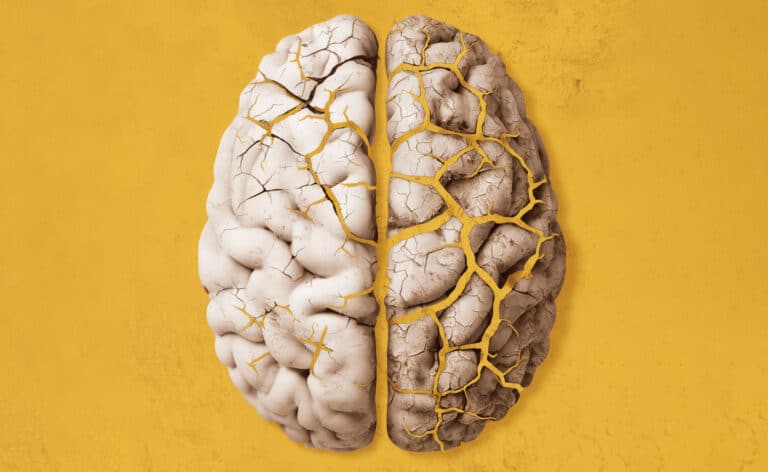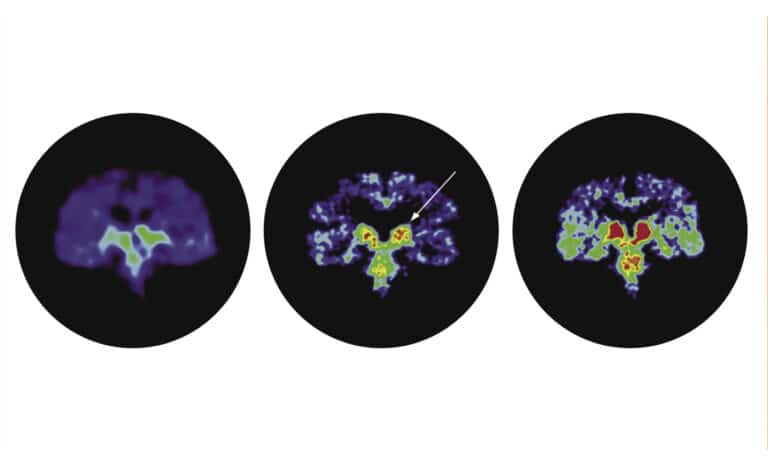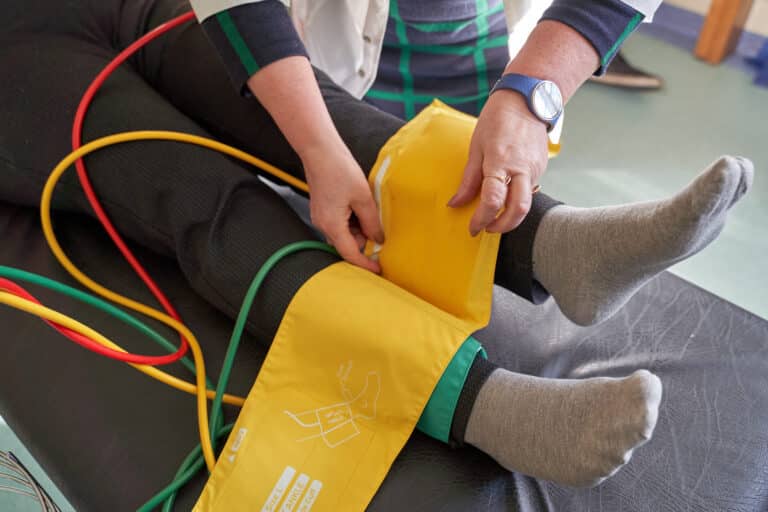Students’ issues can be hard to detect
Cheri Easterwood first noticed one of her twin daughters struggling in kindergarten. Both girls received speech therapy through their Northwest Side Chicago Public School, but it became increasingly obvious to Easterwood that one was having a harder time than the other.
“At first I blew it off as different kids learn differently. Then I assumed maybe it was because they had different teachers, and one just had the better teacher,” says Easterwood, a mother of two sets of twins. As the girls got older, though, homework became harder.
“Then the frustration kicked in. Tears doing homework; stalling and just plain gloominess when it came to learning.”
Learning disorders affect at least 1 in 10 school-age children, according to the American Academy of Child and Adolescent Psychiatry. While not uncommon, they can be hard to diagnose. Each child learns at a different pace, and some students are more adept at flying under the radar so as not to attract extra attention. Symptoms become more pronounced as academic demands increase. The key is to recognize symptoms early so that parents and teachers can intervene and help the student secure resources.
Although school teachers are not specialists and do not diagnose learning disorders, they are often the first to see when things aren’t adding up for their students and can share concerns with parents. In other cases, it’s the parent who brings his or her concerns to the teacher.
When Easterwood’s daughter was in second grade, a teacher started to notice what Easterwood had been seeing for a few years. Her daughter was finally tested and received an Individualized Education Program (IEP), a written education program designed to meet a child’s individual learning needs.
Diagnosing Learning Disorders
“Learning disorders are among the most frequently diagnosed developmental disorders of childhood,” says Clayton Hinkle, PhD, pediatric neuropsychologist at Ann & Robert H. Lurie Children’s Hospital of Chicago and an instructor in Psychiatry and Behavioral Sciences at Northwestern University Feinberg School of Medicine.
The term “specific learning disorder” is broken down into subtypes in the Diagnostic and Statistical Manual of Mental Disorders, Fifth Edition (DSM-5), the guidebook published by the American Psychiatric Association that provides diagnostic criteria for psychological conditions. The subtypes include specific learning disorders with impairment in reading, impairment in written expression and impairment in mathematics.
“A child can exhibit multiple learning disorders,” says Gregory Stasi, PhD, chief of the neuropsychology department at North Shore Pediatric Therapy, a private practice with seven offices throughout Chicago and the northern suburbs.
“For example, he may have deficits with regard to his reading and mathematics and can be diagnosed with both a learning disorder with impairment in reading and mathematics.”
Depending on the type of learning disorder, parents and teachers can recognize problems as early as kindergarten, while other disorders don’t present themselves until later due to the material being taught.
For example, a math disorder rooted in difficulty mastering basic math facts may be identified in the primary years, but other math difficulties, such as an inability to follow rules for complex calculations, may not be apparent until the later grades, Hinkle says. “Difficulties with expository writing (i.e., writing an essay about a topic) may not surface until after the primary years, sometimes not until middle school or later if they are subtle.”
“Some children have adequate decoding (reading) skills but struggle with reading comprehension, and those problems may not be apparent until third grade or later,” Hinkle notes.
Support for Students
Once students have received a diagnosis of a learning disorder, help is at hand. IEPs establish specific goals for the student to meet, and outline the school services needed to assist the student.
Renee Kreczmer, a Chicago teacher with more than two decades of experience, customizes her approach to help children learn in the way that’s best for them. One of her students is a young boy who can’t write, so she scribes for him. “His oral responses show great comprehension and critical thinking; however, if he did his own work the answers would be limited to a few illegible words,” she explains. “He would not be able to communicate all of his ideas in writing or typing.”
Many public schools provide testing when a parent or teacher suspects that a child has a learning disorder. Private evaluations are another option, especially if the school district does not endorse testing a child.
“A parent would often want to seek out a private neuropsychological evaluation to provide specific in-depth information about a child’s level of functioning,” Stasi says. “The evaluation should also serve as a means of identifying other possible concerns that might impact a child’s academic achievement including attention, cognitive functioning, anxiety and socialization.”
Three years after Easterwood’s daughter was tested and her IEP was implemented, Easterwood reports that her daughter is now a wonderful student who loves school.
“Just trust your gut and demand testing if you are concerned,” Easterwood recommends. “The earlier you can find out if they need intervention the better. It doesn’t take much to fall behind, especially in the foundational years.”
What Should Families Look for if They Suspect a Learning Disorder?
1. Learning disorders can hide unnoticed for a while. Trust your gut and have the child tested as early as possible if you suspect there is a problem.
2. Learning disorders commonly co-occur in children with attention-deficit/hyperactivity disorder (ADHD), disruptive behavior disorders and emotional disorders like depression and anxiety, Hinkle says.
3. Learning difficulties become more pronounced as academic demands increase. Symptoms in later grades may include running out of time on tests (especially if there is a heavy reading demand), difficulty remembering what was read and needing to reread material frequently to understand it, Hinkle says.
4. It’s not always a learning disorder, Stasi notes. A good evaluation can help parents and teachers figure out specific interventions to help a child’s learning weaknesses.











